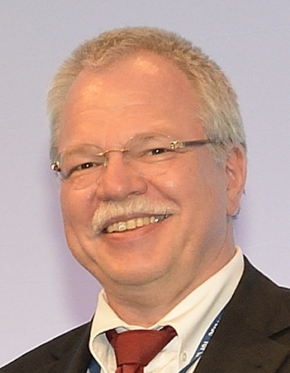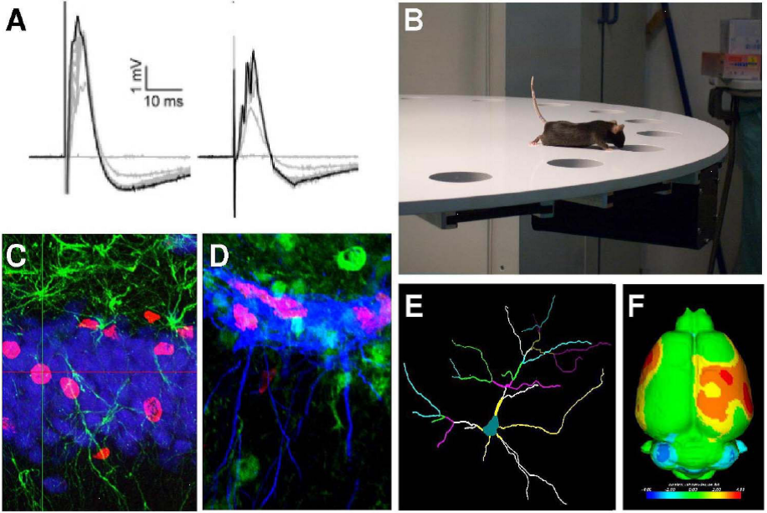
Learning and adaptation are characteristic properties of the brain, based on ongoing structural and functional plasticity of neuronal networks. Our research group at the Department of Neurology in Jena investigates cellular and molecular mechanisms underlying dynamic structural changes in the young and aging brain, both in healthy and diseased animals, which could be directly relevant for therapeutic interventions. Our research focus lies on the following topics: 1) processes underlying plastic reorganization of the brain during learning, with aging, and due to cerebral ischemia (spreading depolarization, neurogenesis, synaptic reorganization), and 2) adult neural stem cells and neurogenesis. We do so by means of modern neuroimaging methods including magnetic resonance imaging (MRI) and confocal laser microscopy, applying in vivo and in vitro models. In addition, electrophysiological, behavioral, proteomic and next generation RNA sequencing tools are applied in order to evaluate and modulate plastic mechanisms.
In the theoretical/practical summer course, we will shortly introduce (i) models to induce brain plasticity (e.g. monocular deprivation), (ii) behavioral tasks to detect functional outcomes (e.g. Morris water mace, Barnes maze, virtual optometry), (iii) imaging techniques to visualize plasticity in the brain (MR morphometry, confocal laser microscopy) and (iv) molecular biological and histological methods to investigate cellular changes in plastic brain areas (e.g. qPCR, multiple immunofluorescence, single cell RNAseq).

A) Electrophysiological recordings of stimulus-dependent responses in 2 different areas of the hippocampus. B) Mouse passing the Barnes maze test. C) Newborn neurons (purple) and D) newborn neuronal precorsor cells (purple) in the adult dentate granule layer. E) Tracing of a neuron residing layer II-III of the mouse motor cortex. F) MRI image of volumetric changes in rat model of cortical malformations.

